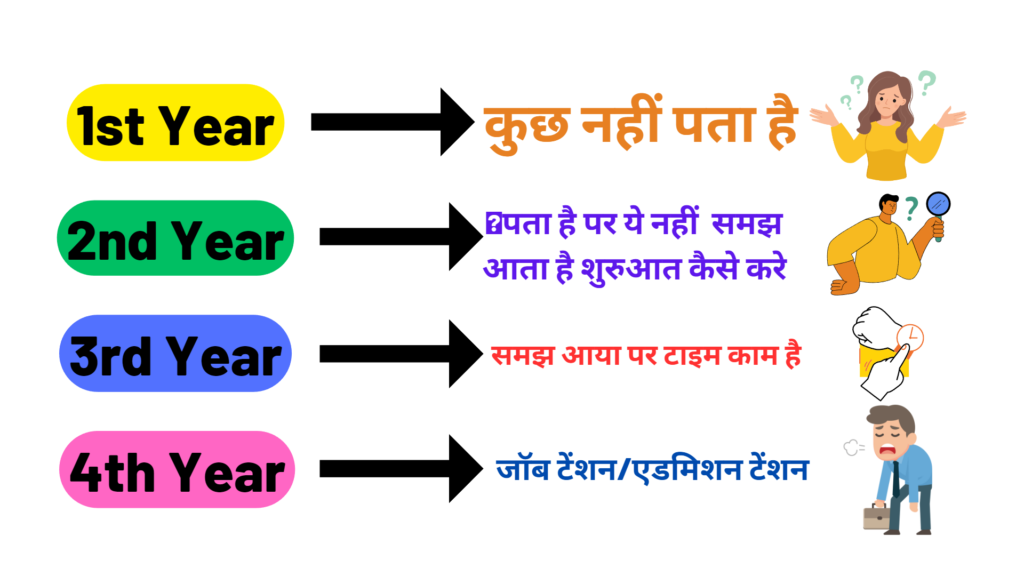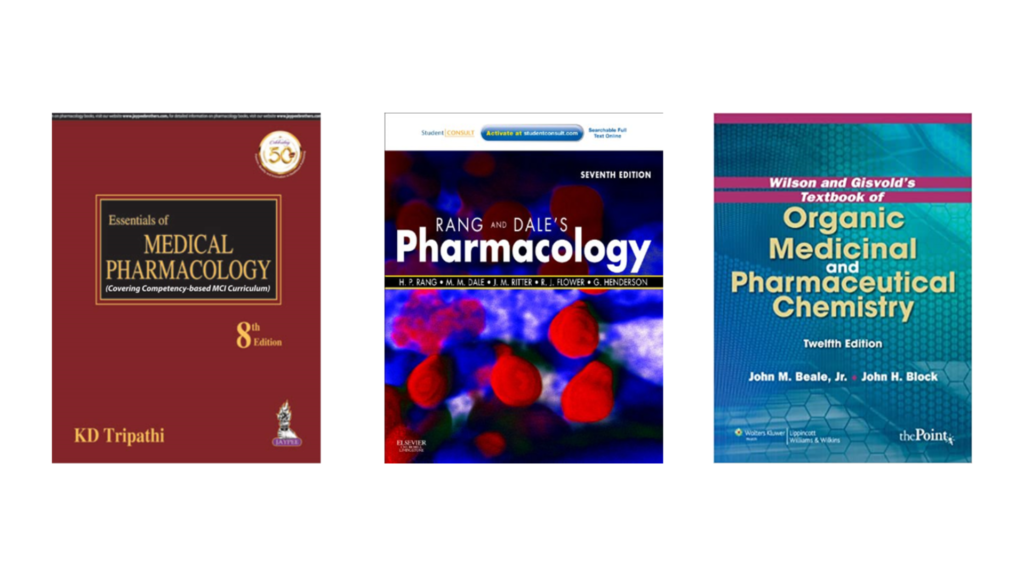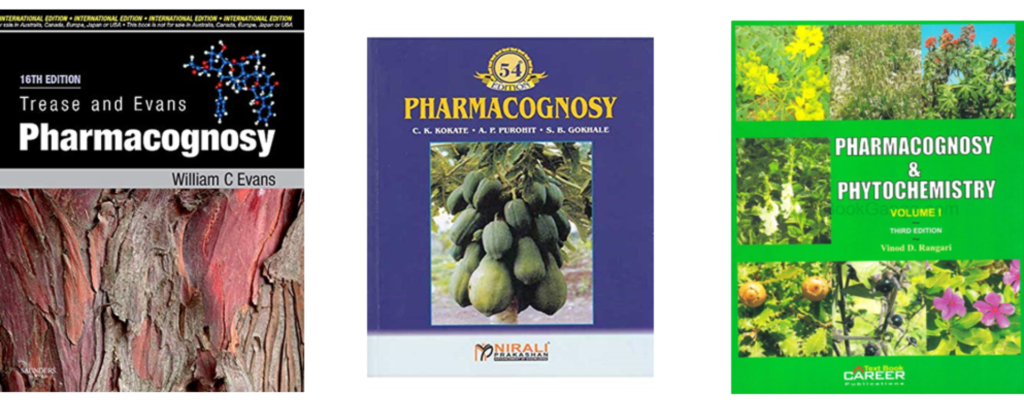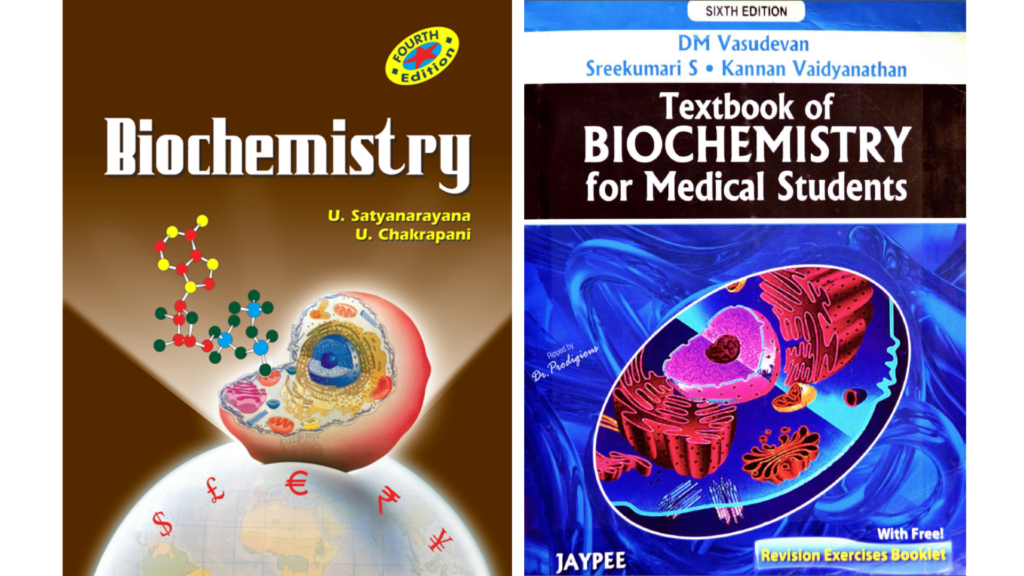How to for GPAT| Strategy| Syllabus| Books| Important Books
What is GPAT Exam?
A national level entrance exam, the Graduate Pharmacy Aptitude Test (GPAT), is required for enrollment in the M. Pharma. programme. Up till 2018, the All India Council for Technical Education administered the test (AICTE). Since 2019, NTA has been conducting this Exam. This test helps organisations choose Pharmacy Graduates who are qualified for enrollment in the Masters (M.Pharma) Program. The three-hour GPAT is a computer-based online test. A few scholarships and other forms of financial aid are also awarded to pharmacy students based on their GPAT scores. All AICTE/Pharmacy Council of India (PCI) approved/affiliated University Departments/Constituent/Affiliated Colleges/Institutions accept the GPAT Score.
Computer based examination – you have to solve 125 MCQ questions in 3 hours.
On every correct answer you will get +4 marks and on every wrong answer you will get -1 marks.
After qualifying GPAT exam you get Rs. 12,400/- per month till your M. Pharma/ MS/ M. tech course.
Ground Reality

Questions arises in Our mind
- How can i do it?
- Can i qualify the exam or not?
- I am an average student
- GPAT is impossible
- How can i cover the entire syllabus
- What can i do after qualifying GPAT exam
- Can I get a good job after qualifying GPAT exam
How to cover College and GPAT syllabus?
1. First of all select common topics of each semester and write them in page.
2. Then study according to your current semester syllabus topics.
3. Study in groups and discuss every topic you have learned.
4. Revise those topics you have studied previously on daily basis.
Year wise cutoff marks in GPAT
| Caterogy | 2013 | 2014 | 2015 | 2016 | 2017 | 2018 | 2019 | 2020 | 2021 | 2022 |
| General | 145 | 125 | 125 | 115 | 113 | 137 | 141 | 163 | 359-186 | 148 |
| OBC | 145 | 125 | 125 | 115 | 113 | 137 | 117 | 131 | 185-152 | 120 |
| EWS | – | – | – | – | – | – | – | 104 | 185-155 | 122 |
| ST | 100 | 100 | 100 | 90 | 82 | 67 | 74 | 76 | 183-87 | 75 |
| SC | 100 | 100 | 100 | 90 | 82 | 98 | 95 | 103 | 185-114 | 94 |
| PH | 100 | 100 | 100 | 90 | 82 | 119 | All | All | All | All |
True Facts about GPAT (Year wise Enrolled Students)
| Year | 2022 | 2021 | 2020 | 2019 | 2018 |
| Total Enrolled Students | 53302 | 47942 | 50747 | 48827 | 35900 |
| Appeared Students | 50508 | 45504 | 48360 | 40647 | 34743 |
| Qualified Students | 5677 | 4447 | 4913 | 4119 | 2858 |
| Toppers Marks | 320 | 359 | 315 | 302 | 336 |
Follow the Process of Learning

How is Your Preparation Going On?
- Level-1: Done with major Subjects
- Level-2: Done with 1 or 2 Subjects
- Level-3: Just Started
Methods to Read Questions
- Firstly find out what they are asking in question.
- Find the main word.
- Try to recognize where you have learned this topic and its answer.
- Examples-
1.The following classification of herbal drugs gives better understanding of biosynthetic pathway in the drug (Pharmacognosy)
a.Botanical
b.Taxonomical
c.Chemotaxonomical
d. Chemical
Answer – (c)
2. Which one of the following is a competitive antagonist at benzodiazepine site of GABA receptor gated chloride channel? (Pharmacology)
a.Muscimol
b.Picrotoxin
c.Flumazenil
d. Beta-carboline (DMCM)
Answer-(c)
3. HEPA filters are defined as A or more efficient in removing, from the air, B particles generated by vaporization of the hydrocarbon Emory 3004 (Pharmaceutical technology)
a. 99.99 % B-0.1 μm
b. 99.97% B-0.3 μm
c. 99.00 % B-0.3 μm
d. 99.00% B-0.1 µm
Answer-(b)
How to Start Preparation?
1. Refer Syllabus first.
2. Use following types of books
(1) Fundamental and basic concepts
(2) Problem oriented-the one’s used for GPAT
3. Previous questions papers
4. Keep contact with some experts and GPAT experienced persons in your college or you can also take help of coaching classes.
5. Start from the basic chapters.(Pharmacological classification of drugs, Basic Study of plant, Basic Chemistry etc.)
6. Keep 1 book as standard and add to it points from other.
7. Prepare your own notes, chart and tables and revise it again and again.
What to Refer for Your GPAT Preparation?
1. Study important subjects first
2. Do the rest of subject then
“Just reading MCQ’s from books doesn’t ensure Success in GPAT. It works only sometimes.”
Major Subjects:
1. Pharmaceutics
2. Pharmacology
3. Medicinal Chemistry
4. Pharmaceutical Analysis
5. Pharmacognosy
Minor Subjects:
1. Biochemistry
2. Microbiology
3. Organic Chemistry
4. Biotechnology
5. Pharmacy Practice
Tricks to Study Smartly
1. Pharmacology and Medicinal Chemistry
Topics to study-
a. General Pharmacology
b. Peripheral Nervous System
c. Autocoids
d. Cardio Vascular Pharmacology
e. Antimicrobial and Chemotherapy
f. Autonomic Nervous System
g. Central Nervous System
h. Endocrine Pharmacology
i. Gastro-intestinal Pharmacology
Pharmacological Classification , Structure and Nomenclature.
SAR, Stereoisomer’s , Mode Of Action.
Metabolism (metabolic product & its action), Adverse effects(major once only).
Synthesis starting material of Imp. Drug, Name of reaction, major catalyst used.
Books:

2. Pharmaceutics
a. Physical Pharmaceutics
b. Pharmaceutical Engineering
c. Pharmaceutical Technology
d. Dispensing Pharmacy
e. Biopharmaceutics
f. Cosmetic Technology Pharmaceutical Jurisprudence
Remember all Chart and Tables given in Lachman
Emulsion, Solution – Read Carefully, Semisolid, Suppositories –make charts that is enough .
Tablets, Capsules ,Aerosols, Parenterals, Sterilisation, Pharmaceutical calculations etc.
Books-

3. Pharmacognosy
a. General Pharmacognosy
b. Drug Containing Alkaloids
c. Drug Containing Glycosides
d. Drug Containing Terpenoids
e. Drug Containing Carbohydrate
f. Drug Containing Resin
g. Drug Containing Tannins
General Pharmacognosy- Imp starting pages of Kokate , All Biosynthetic Pathways, Plant tissue culture, Chemical tests, Microscopy etc
Then start with Alkaloids Glycosides volatile oils, Resins, Tannins– “all drugs make charts” Hydrolysis products of few drugs e.g. digitalis, Thevetia, Strokspanthus. WHO Guidelines.
Books-

4. Pharmaceutical Analysis
a. Spectroscopy
b. Chromatography
c. Analytical Assay
d. Thermal Analysis
e. Electrochemical Methods
U.V . Visible Woodward Fischer rule its problems.
NMR, Mass spectroscopy , Problems Y. R. Sharma
I.R- Ranges sources detectors instrumentation.
X- ray diffraction. ESR- only Chatwal
Chromatography methods – detectors
Assays charts given in Piyush publication
Prepare Charts principle source sample holders detectors use units of all spectroscopy.
Books-

6. Biochemistry
a. Vitamins (structure, uses, deficiency)
b. Enzymes ( bindings sites ),
c. Hormones (roles only ),
d. Carbohydrates,
e. Proteins
f. Nucleic Acids( DNA, RNA)
g. Fatty Acids
h. Cycles (enzymes only) Organ function tests, etc
Books-

7. Microbiology
a. Microbiological assays
b. Microbial diseases – causative
c. Antibodies-types, function, structure
d. Antigens and antibodies reactions
e. Diagnostic & serological tests
Books-

8. Organic Chemistry
a. Most important subject for NIPER
b. Basics of chemistry
c. Name reactions
d. Rearrangements. (general reactions)

9. Pharmacy Practice
a. Drug – Drug Interaction
b. Drug – food Interaction
c. Drug affecting during Pregnancy in pediatrics condition & geriatrics condition
d. Adverse Drug Reaction. “Do it simultaneously while studying drugs”
Books-

10. Biotechnology
a. Plant cell culture.
b. PCR technique.
c. Commercial production of vaccines and antibiotics.
(starting material or microorganism used live or dead form of M.O. used & uses )
Books-

Don’t do it During GPAT Exam
a. Solve simple questions 1st so as to begin with it, it will boost your confidence.
b. Don’t panic at the time of exam.
c. Don’t go for answer directly, Cross wrong options 1st.
d. Don’t leave question without reading & thinking about it.
e. Don’t attempt the question if you are having no idea about it or it will lead to unnecessary negative marking.
For more Info… refer below link
How to for GPAT| Strategy| Syllabus| Books| Important Books





